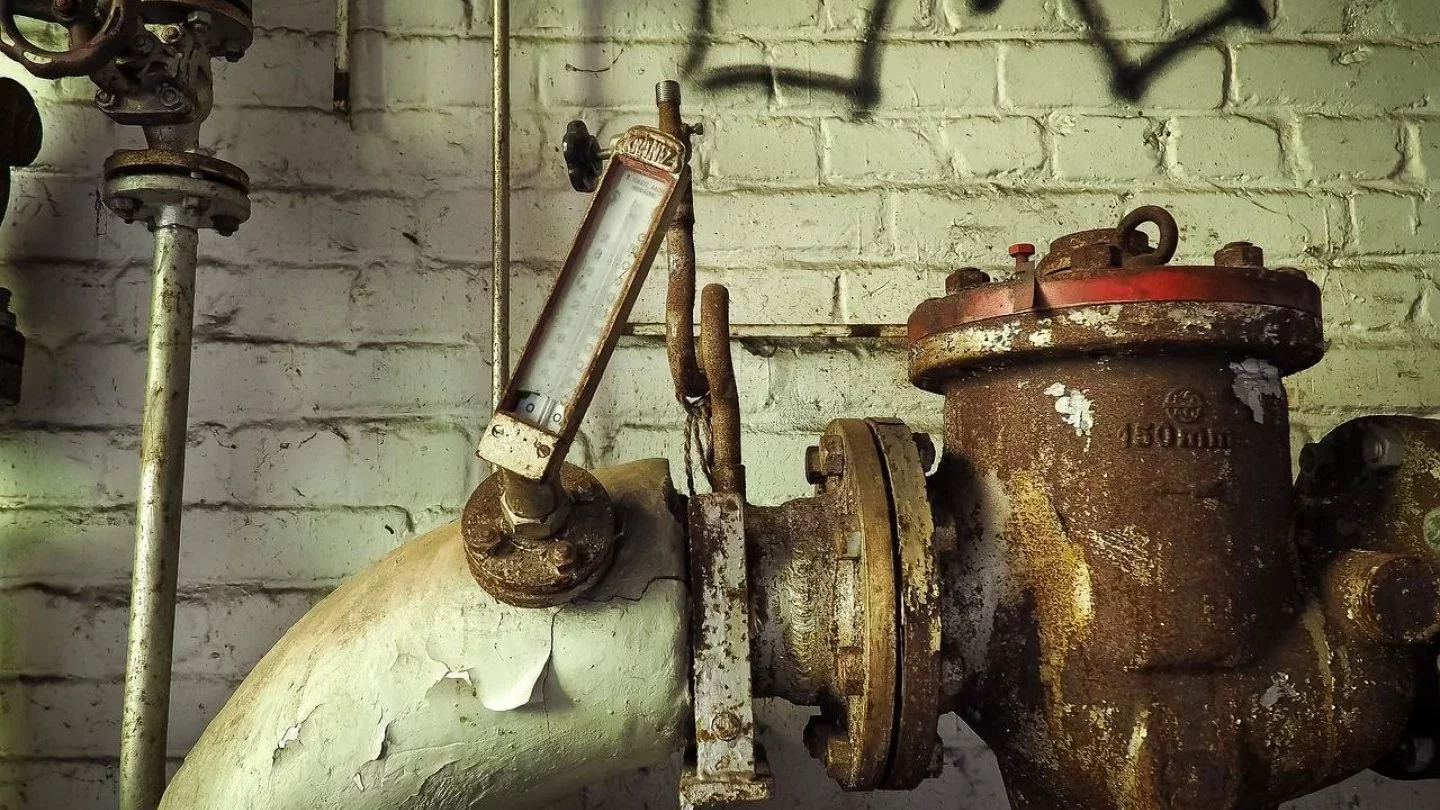Issues With District Heating Persist in Kazakhstan
 Photo: Pixabay
Photo: Pixabay
The low level of housing provision with heat and hot water persists not only in villages and small towns but also in regional centers. Households with no gas boiler have to heat their homes with coal. In 2022, the percentage of housing stock with district heating reached only 43.9%, Orda.kz reports, citing EnergyProm.
EnergyProm reports that according to the Bureau of National Statistics (BNS) of ASPiR RK, over the past few years, the issue has "moved a little bit off the ground".
In 2018, the share of the housing stock with district heating was 41%, then by the end of 2022 the figure had increased to only 43.9%. The situation is similar with hot water supply: the share of the housing stock with this service increased from 36% to 37.7%,
EnergyProm writes.
At the same time, the remaining housing services are at a relatively high level. 74% of residential premises’ area is equipped with wastewater disposal, whereas cold water is available almost everywhere: 98.2%.
These statistics apply to residential buildings and other facilities. Last year only 54.9% of families had access to district heating. In cities, 80.2% had heating in apartments from thermal power plants or boiler houses, while in rural areas - only 3.4%. Hot water in villages is also scarce: 1.5%.
73.8% of rural households have a boiler, a heating element, or a gas boiler with a water heating function installed in their homes, EnergyProm writes.
City residents also have problems with hot water. Only 65% of urban households are connected to the system. The private sector in large cities lessens the amount. Many residents of such areas live without heating and go to a pump for water
The old housing stock is only one of the facets of the problems with providing cities with heat. Some residents living in the private sector do not have access to amenities due to a shortage of thermal power plants or a lack of gas or gas distribution networks. In particular, this problem is typical for many settlements of the Karaganda and Ulytau regions. Their total gasification level barely reaches 1.5%, the EnergyProm writes.
Autonomous gas heating is more common only in the western and southern regions. 68.8% of households in the Atyrau region are connected to the gas supply network, 65.3% in Turkestan, and 57.2% in West Kazakhstan region.

North Kazakhstan region is characterized by a situation where families living in comfortable housing are two times less than households where people heat stoves with coal (39.3% vs. 60%), in the Jetisu region - 22.8% vs. 56.8%.
In the Aqmola and Abay regions, the problem of connecting to district heating is more common in the category of households living on incomes below the subsistence minimum. Only 31.7% of low-income families live in apartments connected to district heating, the remaining 68.3% heat an oven or have a gas boiler. Among households, whose consumer spending is above the subsistence level, the figure is higher: 55.4% of families have district heating. EnergyProm reports
As EnergyProm notes, there is no data on autonomous heat supply with alternative energy sources in the above statistics. There were no households with such sources among the sample of study participants.
Original Author: Yuri Nizhegorodsky
DISCLAIMER: This is a translated piece. The text has been modified, the content is the same. Please refer to the original piece in Russian for accuracy.
Latest news
- What Has KazMunayGas Been Doing for Past Two Years?
- A Restless Night in Kulsary
- Karakalpak Activists Detained in Kazakhstan Convicted in Absentia at Home
- No Forgiveness: Reactions to Bishimbayev's Sentence.
- Gift for "Old Kazakhstan"? Proposals Made to Decriminalise Certain Crimes
- Head of British Foreign Ministry Visits Astana
- Will Russia Outpace Kazakhstan in Chinese Gas Market?
- "Cases Are Absolutely Absurd" — Human Rights Activists on Cases against Journalists in Kazakhstan
- Orda Interviews Residents of Petropavlovsk's Flooded Suburbs
- Case Involving Journalist Adilbekov: Interior Ministry Commented on Situation
- Is Moscow Extending Reach to Kazakhstan's Oil?
- 500 Tons of Fuel Stolen from National Guard Unit: New Details Emerge
- This Is Foolish and over The Top: Forensic Expert Halimnazarov Comments On Russian Colleagues' Conclusions
- Israeli Ambassador to Kazakhstan Gives Exclusive Interview to Orda.kz, Comments on Recent Attack on His Country.
- Assault, Extortion, Police: Kazakhstani Transgender Sex Workers Reach Out
- Bishimbayev Trial: Baizhanov Could Not Be Intimidated
- "Not a Cousin, but Bishimbayev's Distant Relative": - Bakhytzhan Baizhanov's Lawyer
- Finnish Minister Arrives in Kazakhstan, Sanction Circumventing to Be Discussed
- Deputies Once Again Concerned about LGBT+ Despite Other Problems
- "I Hear The Water": Kostanay Residents in Evacuation Centers Shared Stories about Flood

